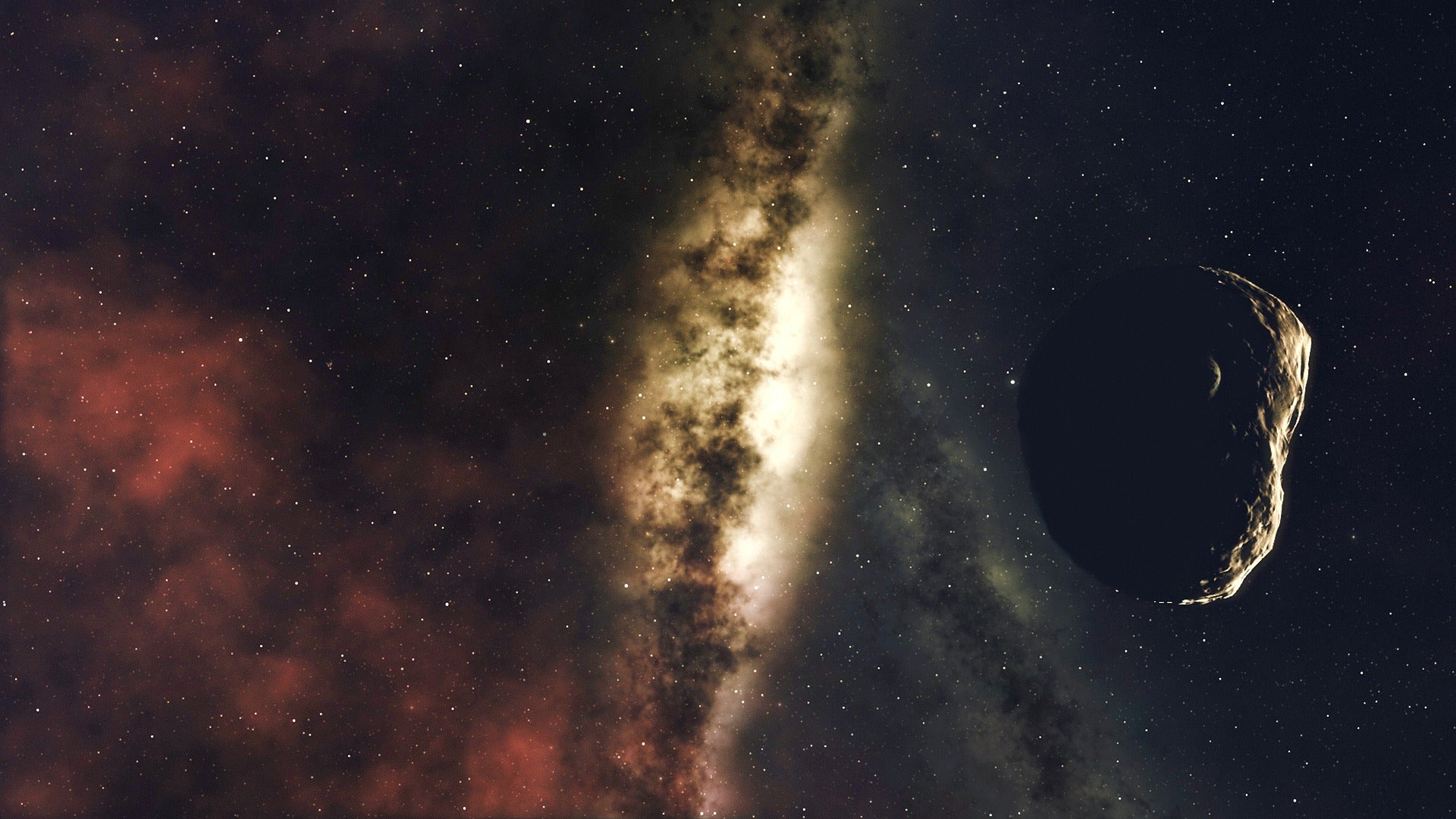Asteroid Apophis to fly by Earth ahead of fascinatingly near miss
The asteroid is approximately 300 meters across, passing by the Earth between 05:55am GMT and 06:04am GMT

Your support helps us to tell the story
From reproductive rights to climate change to Big Tech, The Independent is on the ground when the story is developing. Whether it's investigating the financials of Elon Musk's pro-Trump PAC or producing our latest documentary, 'The A Word', which shines a light on the American women fighting for reproductive rights, we know how important it is to parse out the facts from the messaging.
At such a critical moment in US history, we need reporters on the ground. Your donation allows us to keep sending journalists to speak to both sides of the story.
The Independent is trusted by Americans across the entire political spectrum. And unlike many other quality news outlets, we choose not to lock Americans out of our reporting and analysis with paywalls. We believe quality journalism should be available to everyone, paid for by those who can afford it.
Your support makes all the difference.Apophis - otherwise known as Asteroid 99942 - will pass close by Earth on Friday, visible by telescope for those looking out for its rare appearance.
Named after the Egyptian god of chaos, the asteroid will be 0.11 astronomical units - roughly 93 million miles or 150 million kilometres - from the Earth, approximately 44 times the distance between the Earth and the Moon.
Apophis is classified as an S-type, or stony-type asteroid, Nasa explains, made of of silicate materials, and a mix of nickel and iron. Radar images point to it looking similar to a peanut, with its elongated shape with two lobes at each end.
The asteroid is approximately 300 meters across, passing by the Earth between 05:55am GMT and 06:04am GMT.
For those without a telescope, the Virtual Telescope Project in Rome is broadcasting an online viewing of the flyby.
Scientists plan to use the passing of the asteroid to practice spotting potentially hazardous rocks. The potential damage should an asteroid collide into the build-up of space debris in the Earth’s atmosphere is particularly serious.
“The goal is to basically wrangle all the scientists from around the world, kind of the coalition of the willing,” Vishnu Reddy, a planetary defense expert at the University of Arizona told Space. “Then we go on this months-long campaign, trying to observe this object.”
Apophis will come even closer to Earth again on 13 April, 2029, when it passes through the zone of high-altitude satellites, Space also reports.
It was initially discovered in 2004, when it caused controversy because of predictions that it would crash on Earth. However, further study from scientists ruled out the possibility, with the rock passing safely by.
“The Apophis close approach in 2029 will be an incredible opportunity for science,” said Marina Brozović, a radar scientist at Nasa’s Jet Propulsion Laboratory in Pasadena, California, who works on radar observations of near-Earth objects (NEOs), says.
“We’ll observe the asteroid with both optical and radar telescopes. With radar observations, we might be able to see surface details that are only a few meters in size.”
If an asteroid as large as Apophis did strike the Earth, it would be a once-in-80,000 years event and cause a huge amount of damage, Forbes reports.
Join our commenting forum
Join thought-provoking conversations, follow other Independent readers and see their replies
Comments